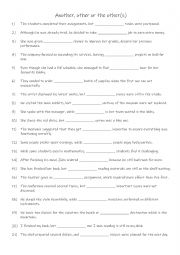
|
B1-B2 Another, other or the other(s) practise
These determiners and pronouns are important to master.Using these terms correctly helps you specify exactly what you are referring to, which prevents misunderstandings.These terms allow students to distinguish between items or people, which is crucial when comparing or contrasting.Knowing how to use these terms appropriately is important for effec...
Level: intermediate
Age: 10-100
Type:
Downloads: 124
|
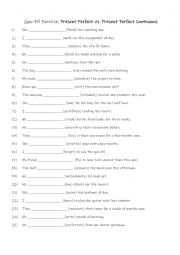
|
B1-B2 Present Perfect vs. Present Perfect Continuous practise
Students complete the gap-fill with the correct tense form using key word in (). Answers on page 2.
Level: intermediate
Age: 11-100
Type:
Downloads: 116
|

|
During or while Practise 1
Using the the given grammar rules and usage on the page, students complete the sentences and questions with the correct preposition or conjunction. This worksheet is mainly for B1 level students although it could be used with strong A2+ students. There are 7 questions and sentences for both while and during. Answers are on page 2.
Level: intermediate
Age: 10-100
Type:
Downloads: 115
|
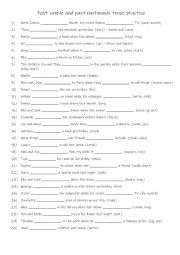
|
A2 Past simple and past continuous tense practise
Students read the sentences looking for markers to indicate which tense should be used, they then complete the gap-fill using either the past simple or past continuous tense and the past of infinitive in bold. You could make it more challenging by removing the infinitive in () and let them complete it with another suitable verb. Answers on page 2.
Level: elementary
Age: 8-100
Type:
Downloads: 128
|
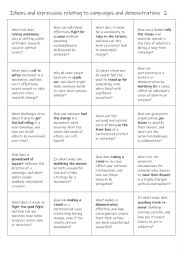
|
B1+-C1 Idioms and Expressions Relating to Campaigns and Demonstrations 2
This is a speaking reinforcement activity to supplement the other worksheet I uploaded on13/2/2025. Students working in pairs or small groups can either ask each other the questions or answer the question themselves.
Level: intermediate
Age: 12-100
Type:
Downloads: 110
|
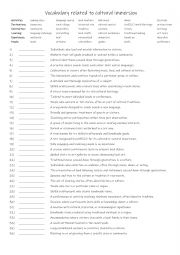
|
A2+-B1 Vocabulary for cultural immersion
Students familiarise themselves with the 30 words and their meanings, then they read the definitions to work out and write in the space provided which one is being described. Answers on page 2.
Level: intermediate
Age: 10-100
Type:
Downloads: 104
|
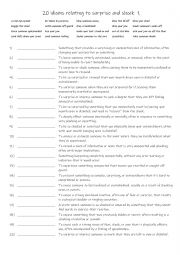
|
B1+-C1 20 Idioms relating to surprise and shock 1
First, students need to familiarise themselves with the 20 idioms and expressions and their meanings. Then they read the definitions to see which one is being described and write that word in the space provided Answers on page 2.
Level: intermediate
Age: 12-100
Type:
Downloads: 105
|
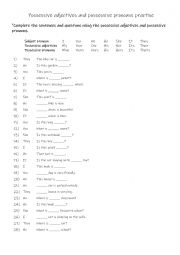
|
Possessive adjectives and possessive pronouns practise
Students complete the sentences and questions using the possessive adjectives and possessive pronouns. This worksheet is suitable for low A1-A2 students.Answers on page 2.
Level: elementary
Age: 10-100
Type: worksheet
Downloads: 119
|
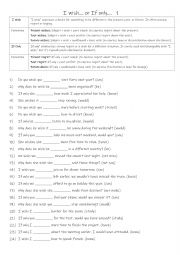
|
B1-B2 I wish�. or If only�. 1
Students should learn "I wish�" and "If only�" because these structures enable them to express regrets, desires, and hypothetical situations, adding emotional depth and complexity to their language (e.g., I wish I knew the answer or If only I hadn�t missed the train). They help students communicate feelings like hope, frustration, or disappointment...
Level: intermediate
Age: 10-100
Type:
Downloads: 102
|
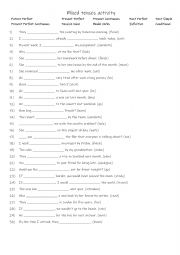
|
B1 -B2 10 Mixed tenses
Students familiarise themselves with the 10 tenses and their uses. Then they read the sentences to see which tense is needed to complete then gap-fill with the given verb. Each tense is used 3 times. Answers on page 2.
Level: intermediate
Age: 8-100
Type:
Downloads: 121
|












